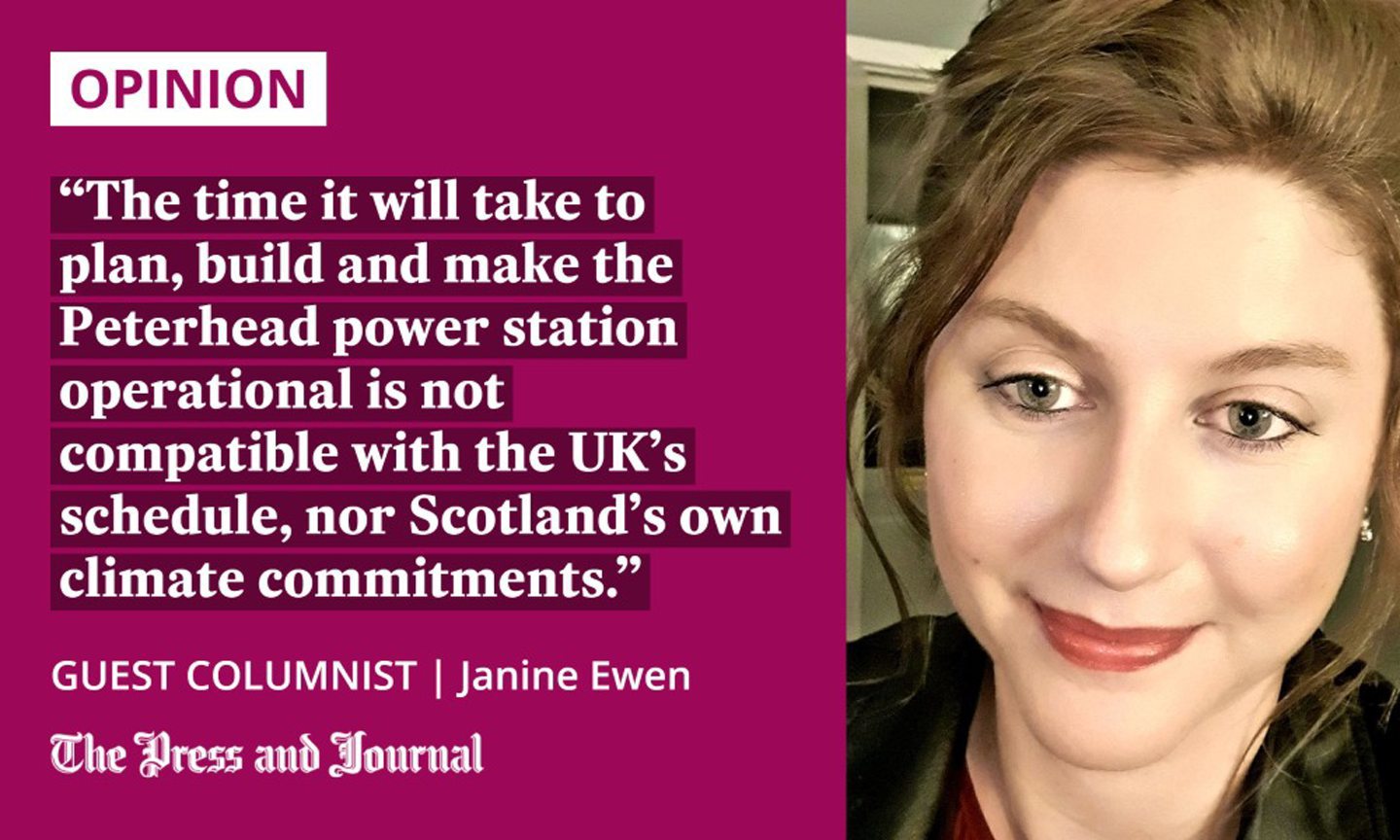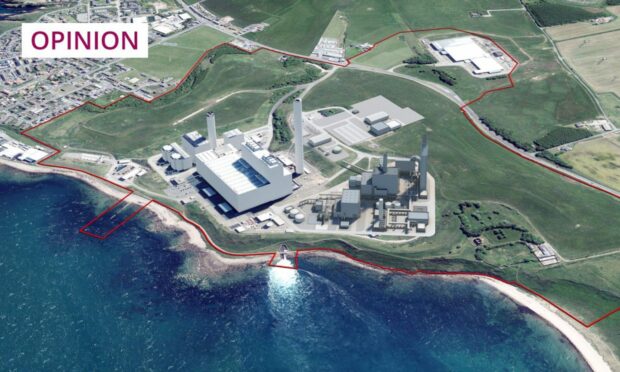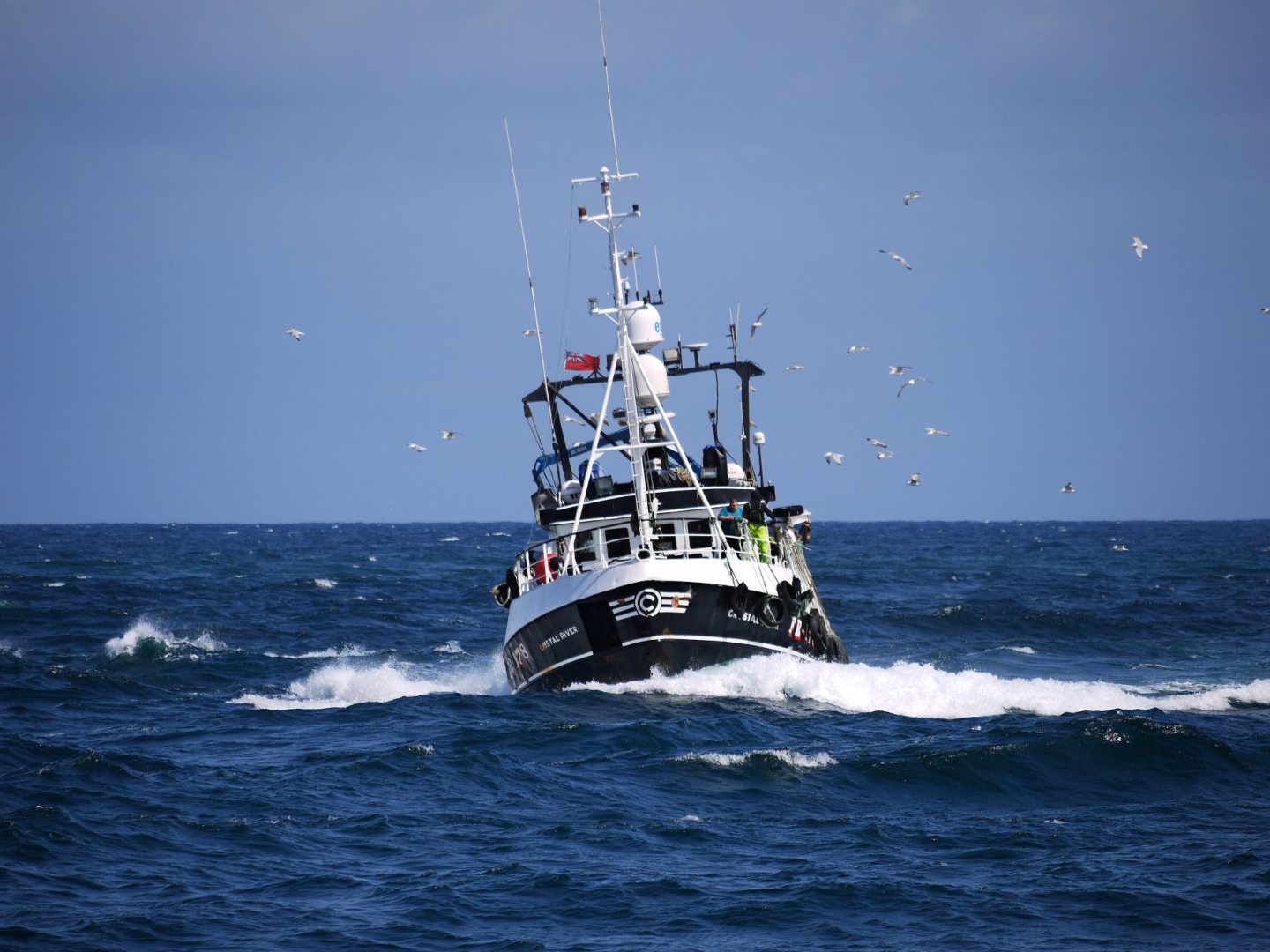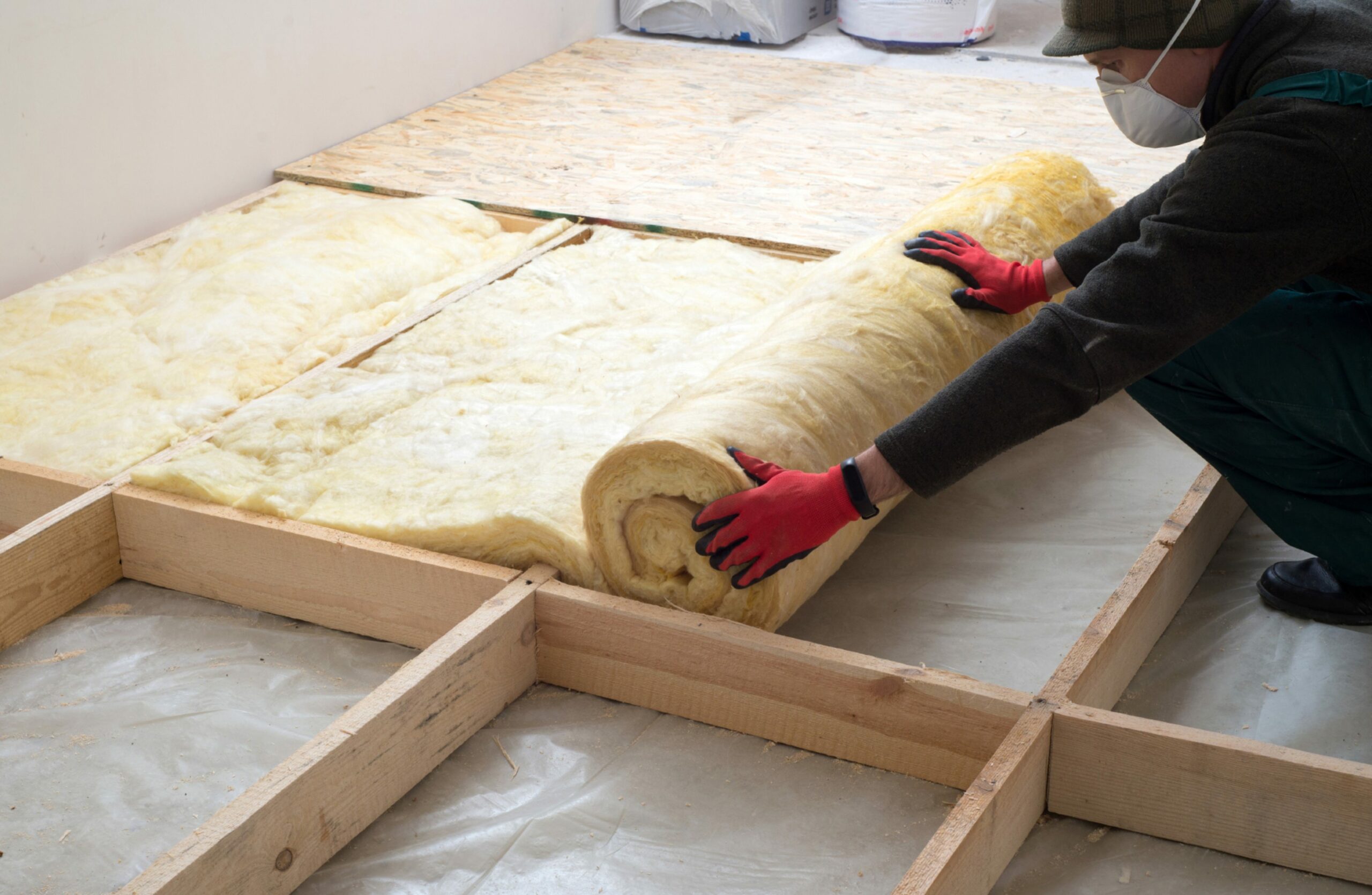When considering the ease with which one can catch a sharp chill at the easternmost point of mainland Scotland, it is difficult not to envisage some of the harsh realities for fishermen at sea, who may face rough working conditions and risks to health and life.
As the largest fishing port in Europe, and hosting one of the major industries in the north-east, Peterhead has felt rocky waves in recent years, particularly in relation to Brexit.
Despite promises of a trade deal that was supposed to allow domestic trawlers to take more fish from the UK’s waters and restrict access to the EU’s fishing fleet, the actual result has been a rotten reality of collapsing fish prices, no access to exports, and the loss of European customers. This is not the post-Brexit “sea of opportunity” advertised by local MSPs and Prime Minister Boris Johnson before the referendum.

Substantial harm could result from hiding the true facts from people, including communities in Peterhead, who have been taken advantage of by individuals in power performing lip-service PR stunts.
At present, none of us can afford to take our eyes off the clock when it comes to slowing down the sheer magnitude of the climate change crisis and protecting our planet. The science is clear: every tiny temperature rise will move us closer to an irreversible tipping point.
Another north-east fossil fuel infrastructure has, unsurprisingly, been given a quick green light – the proposed Peterhead gas-fired power station that promises to capture and store carbon emissions.
The premise is that the facility will make a significant contribution to the UK’s net zero ambition and provide jobs, but evidence to date shows that it is a technology-driven solution with a complex supply chain which has constantly failed to meet targets. The proposed station is also energy inefficient.
Moreover, the time it will take to plan, build and make the power station operational is not compatible with the above UK schedule, nor Scotland’s own climate commitments. In other words, it is an expensive risk we cannot afford to take.
Retrofitting is the way forward
As we progress with the “just” energy transition, there is an urgent need to invest in new areas and provide a secure future for our north-east communities. However, our decisions in this area must focus on freeing Scotland from a reliance on fossil fuels.
Peterhead rightly deserves to be part of both the current truth and future alternatives – so what are they?
Rather than investing in a new power station that has no guarantee of success, let’s use the money on interventions that we know would improve the lives of people
We believe energy demand must be dramatically reduced by the mass retrofitting and improvement of existing homes and buildings, alongside an increase in electricity for heating and transport.
Retrofitting is the process of making changes to existing buildings so that energy consumption and emissions are reduced. All of this could be powered by renewable energy, including wind, solar and tidal (of which Scotland has plenty) and overseen by a publicly-owned energy company, to ensure all profits made are reinvested back into guaranteeing a just transition is delivered for ordinary people.
Retrofitting existing buildings to the Passivhaus standard, a quality-assured methodology for low-energy living, would not only help reduce carbon emissions drastically, but also lower the cost of infrastructure, lift households out of fuel poverty, create thousands of jobs, and reduce the pressure on our NHS by improving the living conditions for thousands of people in the north-east.
There is compelling evidence to suggest that focusing on renewable energy, retrofitting and property insulation would produce more benefits and jobs for every pound spent than the additional fossil fuel energy infrastructure being proposed for Peterhead.
Rather than investing in a new power station that has no guarantee of success, let’s use the money on interventions that we know would improve the lives of people and tackle the climate crisis head on.
Janine Ewen is an aspiring criminologist from the north-east of Scotland. This article was written in collaboration with Scott Herrett, Susan Smith, Mary Scott and Matthew Clubb, as part of a people-led just transition working group



Conversation